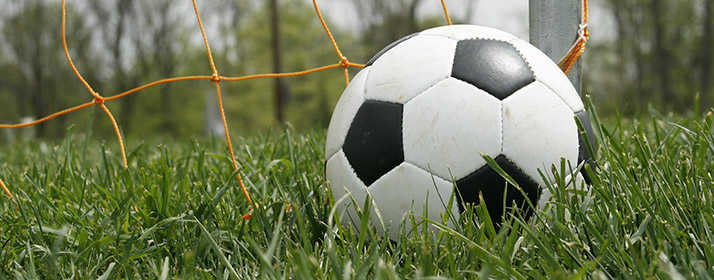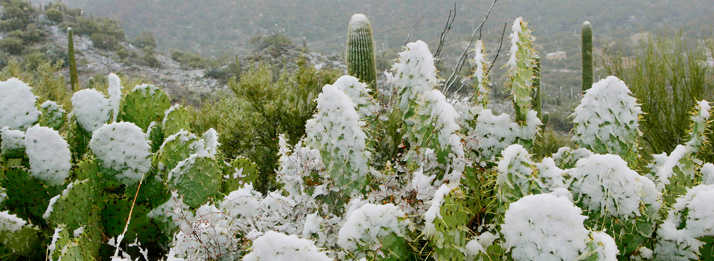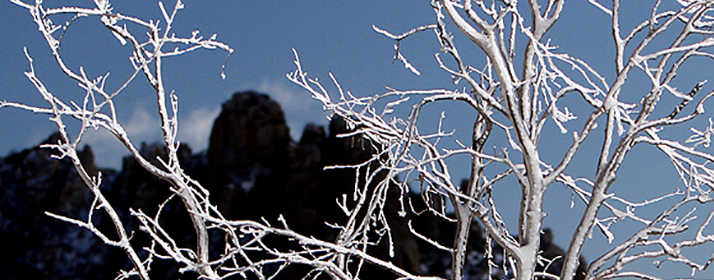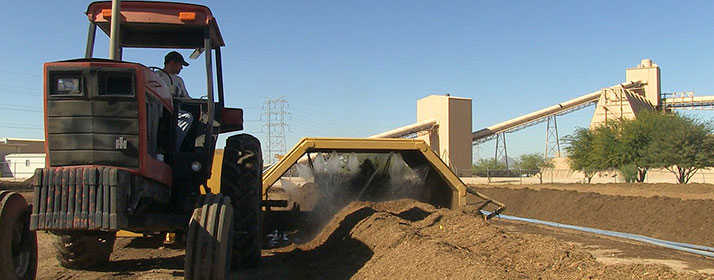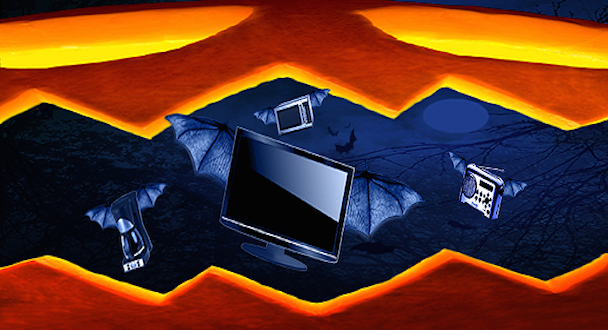

Many appliances and devices around your house draw power — and cost you money — when they’re off but still plugged in. Be mindful of this “phantom energy” use. By unplugging electronics when you’re not using them, you can save energy and help lower your electric bill.
Increase your savings by taking advantage of Tucson Electric Power’s energy-efficiency programs for residential customers.
TEP’s energy-efficient lighting program partners with manufacturers to sell Compact Fluorescent Light bulbs and Light-Emitting Diode bulbs at steep discounts through local retailers. CFLs and LEDs both provide significant energy savings over traditional incandescent bulbs.
Customers also can receive rebates for purchasing new ENERGY STAR® air conditioners and heat pumps, incentives for installing variable-speed pool pumps and a $30 rebate for recycling an old refrigerator or freezer.
Inside your home, consider using smart power strips to lower your energy use. Unlike traditional power strips, which expand the number of available outlets, smart strips reduce power usage by shutting power to devices that go into standby mode. So computer accessories, like the printer, only turn on when the computer needs to use them.
“Your home office and entertainment center are great places for smart strips,” said Mike Baruch, TEP Residential Energy Efficiency Program Manager. “By plugging related devices into the same smart strip, the accessories you don’t need will be turned off and will not draw an electrical load.”
Kitchen appliances like coffee makers and counter-top microwaves, entertainment devices like DVD players and video gaming systems, and common household items like cell phone chargers, fans and radios can all drain energy when not in use.
They don’t use phantom power, but outdoor lights and decorations for Halloween can unexpectedly use high amounts of electricity. Like with winter holiday displays, Halloween decorations and lights are best put on timers so they don’t remain on overnight.
For more information about energy efficiency, visit: www.tep.com/efficiency.

